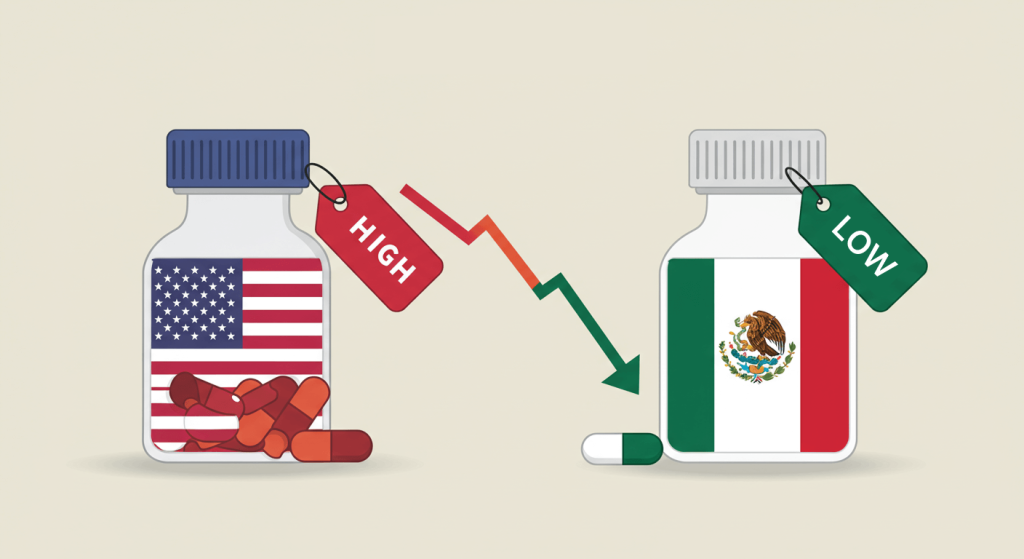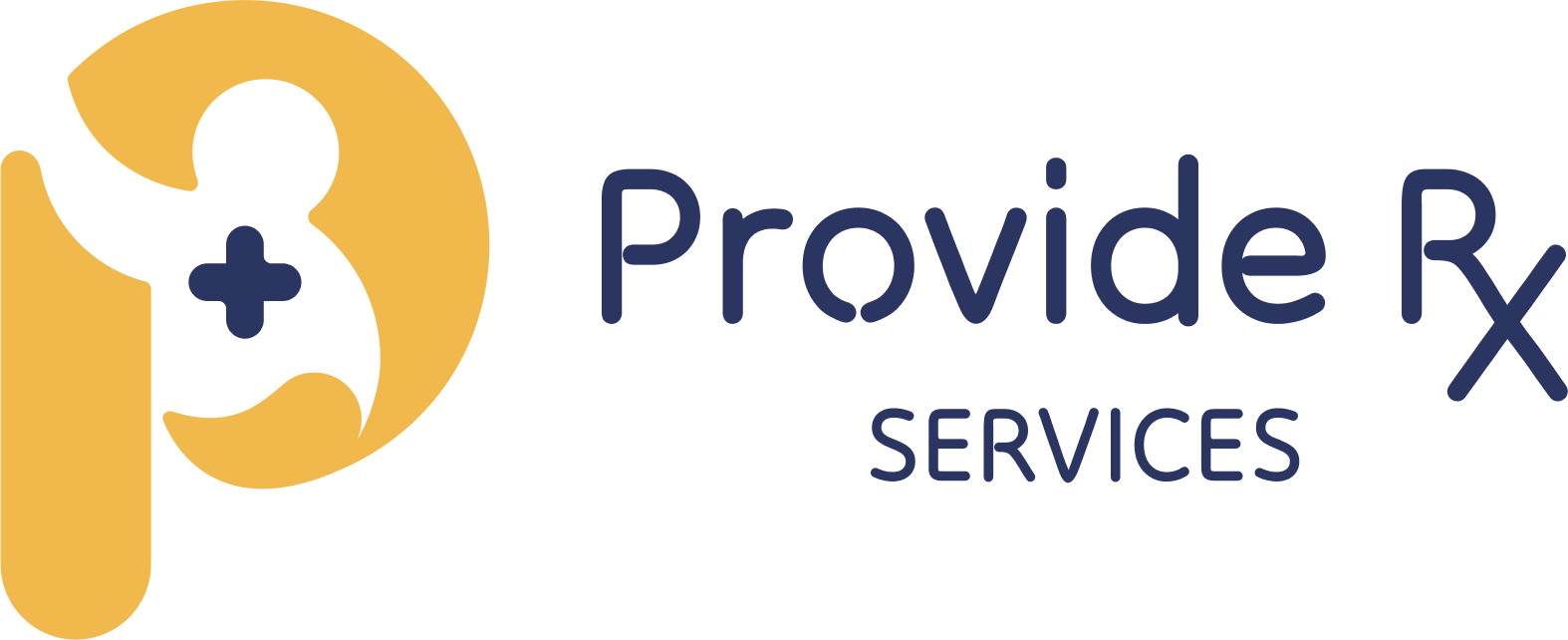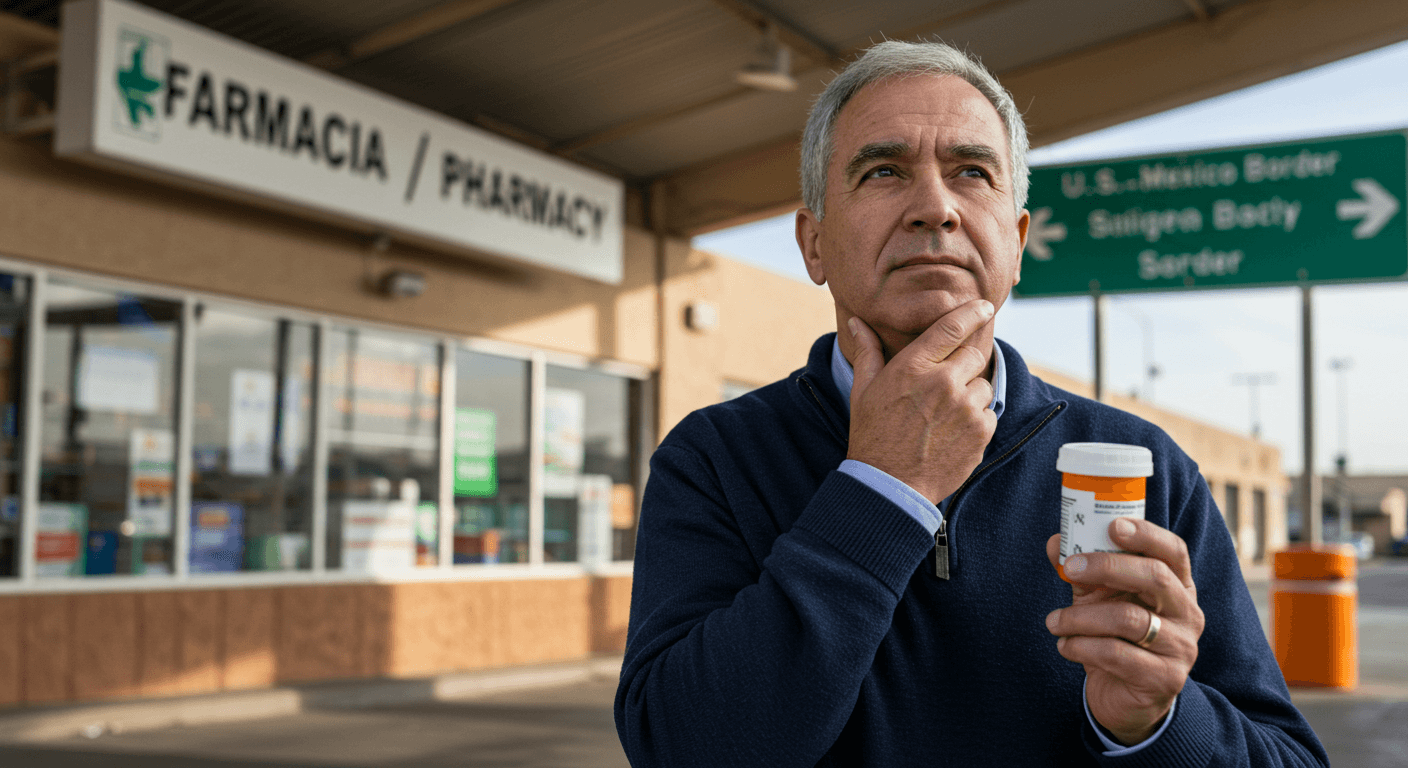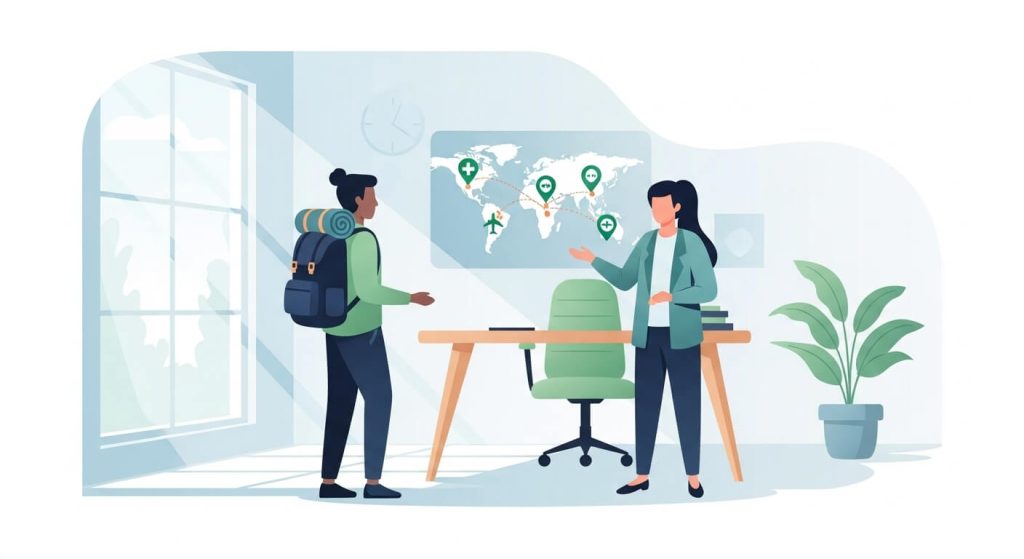Medical tourism and insurance are two very different paths to accessing medication—and for many Americans, one is significantly more affordable than the other.
From high copays to denied coverage, insurance can feel more like a burden than a benefit. That’s why more people are exploring medical tourism and discovering real savings on the prescriptions they need.
Why Insurance Doesn’t Always Mean Savings
It’s easy to assume that having insurance guarantees lower prices. But the truth is often the opposite.
Between premiums, high deductibles, prior authorizations, and medication exclusions, patients often find themselves paying hundreds—or even thousands—out of pocket. This is especially true for specialty medications used for chronic conditions.
According to the Kaiser Family Foundation, nearly 3 in 10 insured adults still skip or delay filling a prescription because of cost. That’s not affordable care—it’s restricted access.

What Is Medical Tourism for Prescriptions?
Medical tourism is when someone travels to another country—typically Mexico, India, or Thailand—to receive medical care at a lower cost.
For prescription medications, border cities like Tijuana have become popular destinations. Why? Because patients can get the same FDA-equivalent medications in licensed pharmacies—often at 50–70% less than U.S. prices.
Unlike traditional medical tourism for surgery, traveling for prescriptions is fast and convenient. Many people do same-day trips, saving on both time and money.
If you’re unfamiliar with how this works, we explain it in our guide on how medical tourism works for prescriptions.
How Much Can You Save?
Depending on the medication, travelers commonly report savings of 50% to 70%, even when compared to insured prices in the U.S.
For people without insurance, those savings can mean the difference between starting treatment and continuing to suffer.
But even those with a plan often find that their deductibles or excluded medications make medical tourism the more affordable and predictable option.

Is It Legal and Safe to Get Medications Abroad?
Yes—when done properly. Licensed pharmacies in places like Tijuana follow strict regulations and provide safe access to medications. Americans are generally allowed to return with up to a 90-day supply for personal use, under the FDA’s Personal Importation Policy (PIP), which permits individuals to bring a reasonable quantity of medicine imported from regulated pharmacies if it’s for their own treatment of a serious condition.
The key is working with a trusted health concierge who helps verify your prescriptions, plan your visit, and navigate the border process smoothly.
That’s where services like Provide Rx Health come in. We don’t sell or deliver medications—we facilitate your access to them in a legal, secure, and cost-effective way.
When Medical Tourism Beats Insurance
There are clear situations where traveling for medications makes more sense than using your insurance:
- Your plan has a high deductible you haven’t met
- The medication you need isn’t covered or requires prior approval
- You don’t have insurance—or your policy was recently canceled
- Your out-of-pocket costs are still too high even after coverage
- You need long-term medication and predictability
In these cases, medical tourism and insurance become part of the same equation—but with very different answers.
Tijuana: America’s Closest Shortcut to Affordable Medication
Tijuana has quickly become a top destination for Americans looking to save on prescriptions—especially from southern California, Arizona, and beyond.
The city’s proximity to the U.S. makes it ideal for quick round trips. Visitors report smooth pharmacy visits, transparent prices, and substantial savings.
We dive deeper into this in our blog about how Tijuana provides affordable access to prescription medications.
Is Medical Tourism Cheaper Than Insurance?
In many cases, yes. Even with insurance, your out-of-pocket costs can exceed what you’d pay abroad. That’s why so many Americans now travel to get their medications—saving money while avoiding the red tape of U.S. health plans.
The decision ultimately comes down to three things: cost, convenience, and access. And in all three, medical tourism is winning more and more ground.
Ready to Explore Your Options?
If you’re paying too much or feeling stuck with your current insurance, it might be time to look beyond it. Medical tourism and insurance don’t always work together—but one of them may work better for you.
Want to know if this could work for you?
Talk to our team and discover how much you could save on your next refill.




